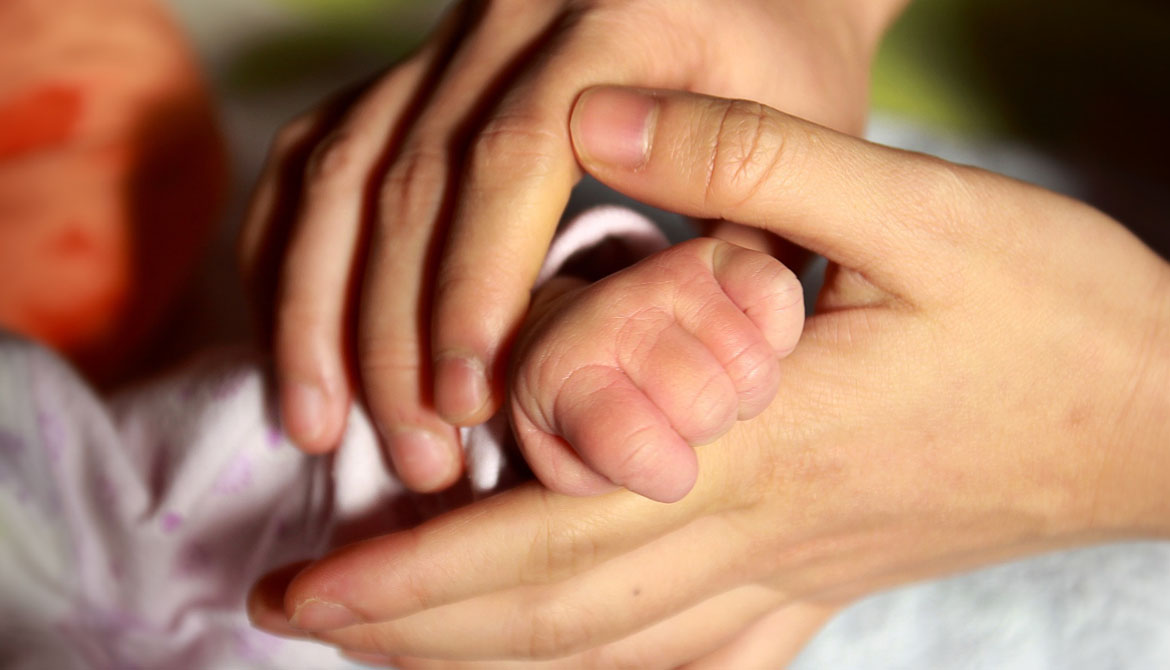There are several well established research findings on brain-behavior that help us understand how the brain reacts and is able to heal as it pertains to injury. A child’s brain is able to compensate in several ways and this process is commonly referred to as neuroplasticity. Neuroplasticity is a general theory about the brain and how it is able to reorganize itself as it relates to this particular organ of the body that is very complex and unpredictable. The National Institute of Health (NIH) defines this process as, the capacity of the nervous system to modify itself, functionally and structurally, in response to experience and injury (2017).
It is believed by researchers that brain damage that is sustained early in life may be less debilitating than brain injury experienced later in life as there may be mechanisms that allow for the more immature brain to reorganize itself. This is known as the Kennard Principle. According to this principle, there is a negative linear relation between age at brain injury and functional outcome.
An example of a specific process that has been studied extensively and describes the ability of the brain to adapt in the presence of injury of the left hemisphere of the brain is termed, ‘The Crowding Hypothesis’. The Crowding Hypothesis is based on the observation that individuals with left hemisphere brain injury (i.e. temporal lobe epilepsy or traumatic insult to this region of the brain) experience a reorganization of language functions to the right hemisphere. As we know, the right hemisphere is typically considered to process nonverbal cognitive functions in an undamaged brain. Similar processes are described by the ‘Theory of Equipontentiality’ which notes that the brain has the capacity to transfer functional memory from the damaged portion of the brain to the undamaged portions of the brain. That is, this theory hypothesizes that other areas of the cortex have a capacity to execute similar processes to carry out functions of areas that have been affected by injury.
AREAS OF FUNCTIONING - LANGUAGE
Language development is heavily influenced by age. The greatest impairments with language are reported for infants under one year of age. From one to five years of age, there is a degree of sparing and some organization occurs to accommodate the development of language. Past five years, there is limited reorganization. Rasmussen and Milner (1977) also investigated left hemisphere injury early in life and found that language functions can be transferred to the right hemisphere from the left hemisphere. Overall, many children with left hemisphere unilateral lesions exhibited disorders in speech, writing, or calculation. In comparison, to the adult population, left hemisphere damage in children was found to be shorter in duration. Also, while adults with injury to the left hemisphere demonstrated severe and contrasting evidence of impairment across all measures, none of the deviations are observed in the children with unilateral injury (Bates 2001).
2. With an injury, language acquisition in early development experiences a delay, regardless of left or right hemisphere injury.
3. In older children and adolescents, the severity of the injury is the major determinant of the sequelae at the time of injury and over time.
AREAS OF FUNCTIONING - LANGUAGE
Language development is heavily influenced by age. The greatest impairments with language are reported for infants under one year of age. From one to five years of age, there is a degree of sparing and some organization occurs to accommodate the development of language. Past five years, there is limited reorganization Rasmussen and Milner (1971) investigated left hemisphere injury early in life and found that language functions can be transferred to the right hemisphere from the left hemisphere. Overall, many children with left hemisphere unilateral lesions exhibited disorders in speech, writing, or calculation. In comparison, to the adult population, left hemisphere damage was found to be shorter in duration. Also, while adults with injury to the left hemisphere demonstrated severe and contrasting evidence of impairment across all measures, none of the deviations are observed in the children with unilateral injury (Bates 2001).
AREAS OF FUNCTIONING - MEMORY
Children with brain injury are less likely to exhibit deficits with implicit memory (unconscious or automatic memory; i.e. riding a bicycle) when compared to explicit memory (i.e. memories we consciously try to recall; i.e recalling a phone number) Children with moderate to severe injury are more likely to show prospective memory deficits (remembering to perform an action; i.e. remembering to take a medicine at night). Overall, long term memory is often less impaired than short term memory.
THE IMPORTANCE FOR PROPER TREATMENT
While the brain has a specialized capacity to compensate when there is injury to the brain, a specialized neuropsychological evaluation is imperative as part of treatment planning as other issues may arise. Specifically, there exists occasions in which the immature brain struggles to compensate for an injury. These observations are outlined with Hebb’s Early Vulnerability Theory. The theory suggests that brain injury in early development has a less specific effect and a more generalized effect on functioning. Longitudinal studies support functional recovery but with a pattern of deficits over time.
SO WHAT DOES THIS REALLY MEAN?
1. While there is evidence of adaptation of the developing brain when a brain injury has occurred, certain regions of the brain that have become damaged may not develop normally and intellectual capacity may become more apparent over time, which may be due to the brain’s processing capacities being affected. Unfortunately, preterm infants continue to experience a high degree of debilitating neurodevelopmental difficulties, even when there is a progressive improvement.
2. With an injury, language acquisition in early development experiences a delay, regardless of left or right hemisphere injury.
3. In older children and adolescents, the severity of the injury is the major determinant of the sequelae at the time of injury and over time.
Danguecan, A. N., & Smith, M. L. (2019). Re-examining the crowding hypothesis in pediatric epilepsy. Epilepsy & Behavior, 94, 281–287. https://doi.org/10.1016/j.yebeh.2019.01.038
Rasmussen T, Milner B. (1977) The role of early left-brain injury in determining lateralization of cerebral speech functions. Ann N Y Acad Sci. 1977 Sep 30;299:355-69. doi: 10.1111/j.1749-6632.1977.tb41921.x. PMID: 101116.
Von Bernhardi R, Bernhardi LE, Eugenín J. (2017). What Is Neural Plasticity? Adv Exp Med Biol.;1015:1-15. doi: 10.1007/978-3-319-62817-2_1. PMID: 29080018.









